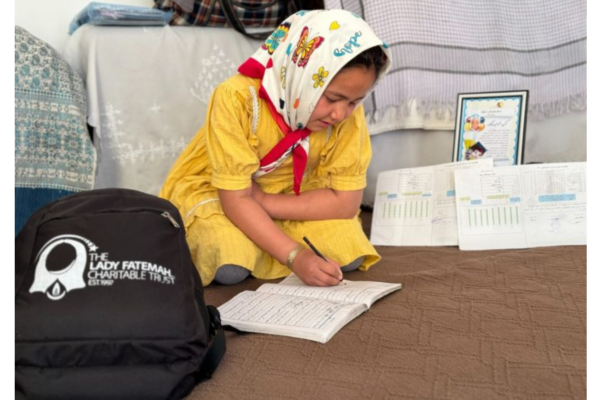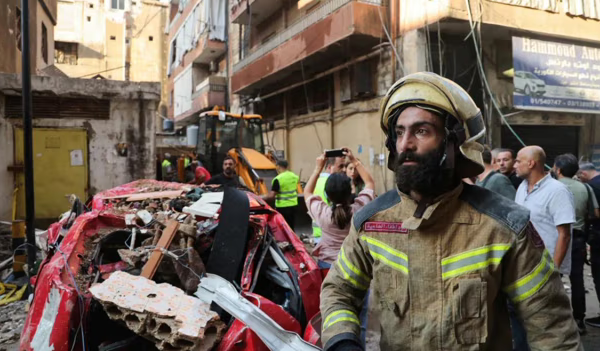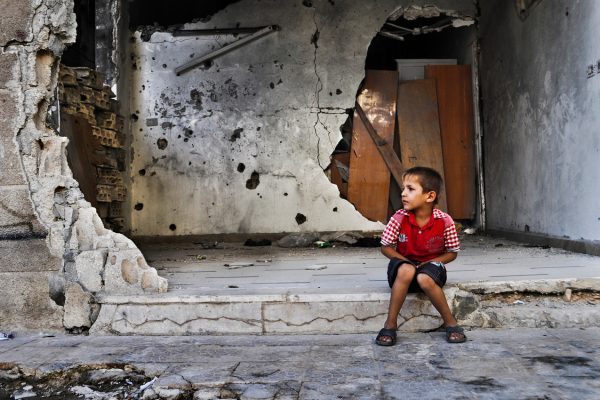Every protest sign and chant (see: “No justice, no peace” or “the most violent element in society is ignorance”) enhances the voices of the underrepresented, for whom our charities and our political system must work to uplift.
Every protest sign and chant (see: “No justice, no peace” or “the most violent element in society is ignorance”) enhances the voices of the underrepresented, for whom our charities and our political system must work to uplift.
Image: A June 2 photo from Zakat Foundation of America’s fresh-food distribution at the George Floyd memorial site. | Zakat Foundation of America photo
We need each other, and noticing that need is the first step to charitable giving.
None of us made it to adulthood alone, so not one of us should say that we are self-made. Someone helped us, and we must help others. In learning how we need to be taken care of, we learn that others need caring, too. We must make ourselves see what others need.
We help people. The clearest time to give is when others are pushed down because of discriminatory laws and practices where they live.
It is our responsibility to learn about oppression. We need to use our means — however little or large — to oppose injustice. From the Uyghur Muslim plight to settler colonialism in Palestine, we must work together to help the oppressed.
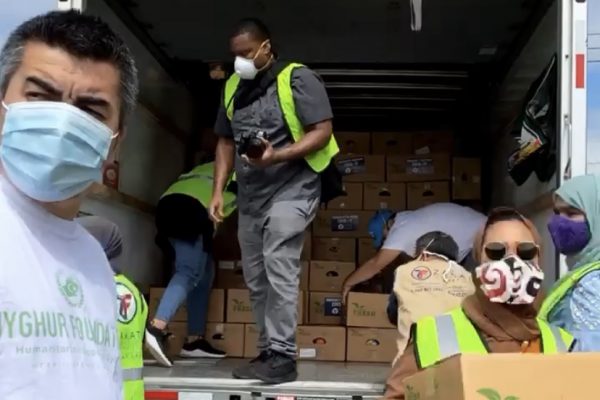
In Brazilian educator and author Paulo Freire’s 1968 book “Pedagogy of the Oppressed,” he explained:
“Only power that springs from the weakness of the oppressed will be sufficiently strong to free both [the oppressed and the oppressor]. Any attempt to ‘soften’ the power of the oppressor in deference to the weakness of the oppressed almost always manifests itself in the form of false generosity; indeed, the attempt never goes beyond this.”
It is not enough to give once and walk away forever — not when long-term, sustainable aid is an option. And it is.
Freire continued in saying false generosity is charity that targets the surface of an unjust system’s issues rather than the underlying causes. Donating to a homeless shelter is an example that helps people and saves lives, but it does not change the system in place that targets the roots of homelessness.
It takes people caring to address inequity. Inequality thrives from apathy. When we see people breaking down oppressive barriers, we stop and ask what’s going on.
He wrote that true generosity fights to destroy the causes that “nourish false charity.”
“True generosity lies in striving so that these hands — whether of individuals or entire peoples — need be extended less and less in supplication, so that more and more they become human hands which work and, working, transform the world” (Freire).
Our giving must not be to make ourselves feel better (superficial); it must be to break down oppressive walls (beyond the surface). Giving to grassroots causes that challenge racist and predatory laws responsible for increasing the wealth gap is only one facet of a solution. The most pertinent paired facet is working with lawmakers to repeal immoral laws and enact moral ones that tear down baseless racial privileges and reflect wealth and income equality as well as equitable opportunity in one’s society.
Every protest sign and chant (see: “No justice, no peace” or “the most violent element in society is ignorance”) enhances the voices of the underrepresented, for whom our charities and our political system must work to uplift.
Just as it is our responsibility to learn about oppression, it is our duty to extend the battle against oppression. Not everyone who is victimized in their own country can leave to a place with better opportunity.
When organizations like Zakat Foundation of America support the oppressed, it’s because we recognize that the battle to escape poverty comes with sociopolitical roots. We work in more than 40 countries over five continents to give people the tools and support they need to uplift themselves. We use your Zakat as a vehicle for social change when we help provide farmers in Gaza with greenhouses and help farmers in Yemen grow sesame so they can have nourishing food for themselves and their families. They can also use the excess to sell, so we help them connect with their local markets so they can nourish their own people.
We follow a similar process with animal husbandry in Yemen, giving people mating pairs of livestock that they can raise.
Through the same program in Bangladesh, Zakat Foundation beneficiary Nazma said of her cow, “I shall feed my child the half portion and another half will be sold to progress my family. My child will have more opportunities than me.”
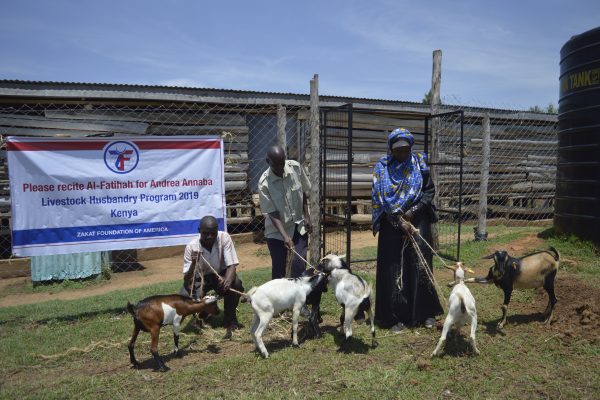
The milk these livestock give can be turned into cheeses and yogurt and used in their cooking, and beneficiaries can sell these goods in local markets. Zakat Foundation extended this program to Kenya, Ethiopia, Ivory Coast, Mali, Niger, Uganda, and Ghana.
In Ghana, Zakat Foundation has two cassava cooperatives specifically for women. They process the staple as a way to support themselves and their children. We gave them processing machines and proper power, increasing their production 50-fold and raising their profits in a way that directly creates health and education dividends for their children and entire communities.
Economic empowerment is critical to escaping poverty, especially in smaller countries. With the gender-based wage gap, “Economic inequalities between men and women manifest themselves, not only in terms of wages earned, but also in terms of assets owned” (OurWorldInData.org). That’s why a large portion of these sustainable livelihood programs we implement directly benefit women. They combat the extreme socioeconomic disparity women face around the world.
And that approach stems from noticing what people need, then addressing the reasons they need and the systems that led them to be held back in their own society.
